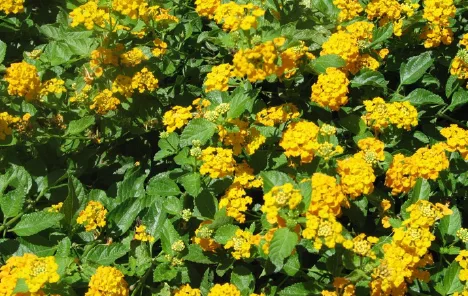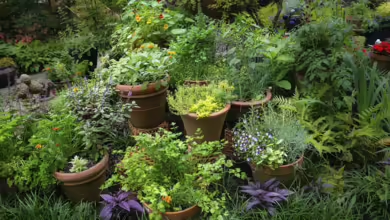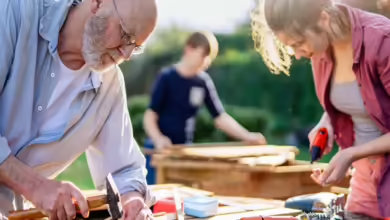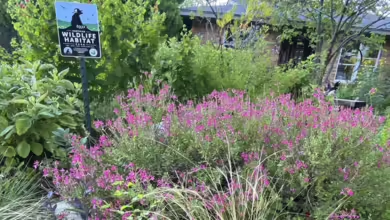
The prolonged extreme summer heat and lack of rain were challenging for all landscapes. Many yards have dead or dying plants due to the heat or lack of good irrigation. Well-irrigated landscapes fared better than non-irrigated ones. You should check your sprinkler system for proper distribution for spring planting if you watered but still had plants and trees that suffered.
Study Your Landscape and Plan What to Replace
To avoid repeating the past summer’s casualties, consider adding heat and drought-tolerant native plants to your garden.
Native Texas plants are selected for North Central Texas landscapes because these plants are beautiful, sustainable, and drought and heat-tolerant. Many will flower all summer with little or no irrigation once established.
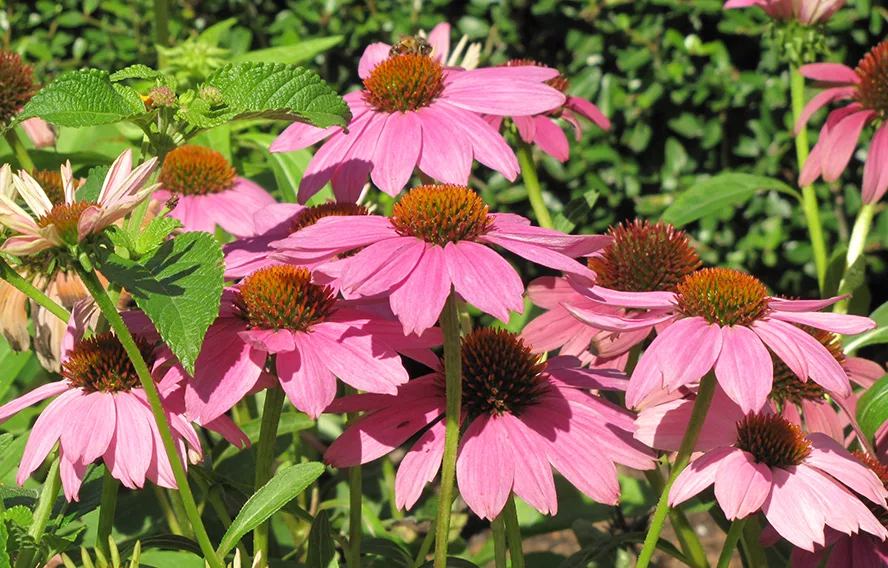
My garden has seven different salvias, which are perennials, five different lantanas, three Turk’s cap varieties, three hardy hibiscus, white and purple cone flowers, Russian sage, sunflowers, flame acanthus, lavender, cosmos, zinnias, larkspurs, poppies, skullcap, and ruellia.
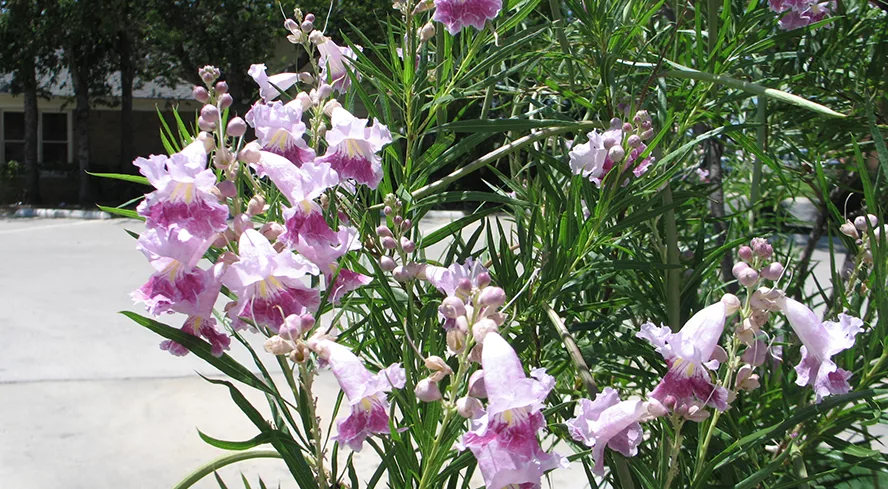
Other plants in my garden include native Texas and the tropical plumbago, crinum lilies, rain lilies, spider lilies, daylilies, peas, garden phlox, crape myrtles, desert willow, Vitex, Texas mountain laurel, and six bush roses.
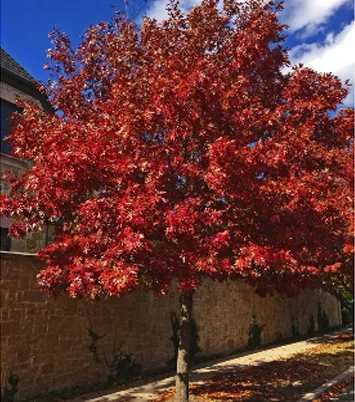
Now, I know you are thinking, but she’s a horticulturist!
But I am also lazy, short of time, and cheap.
When determining what to plant in the spring, I look for sustainable options that will flower all or most of the summer, require little care, and attract butterflies and birds.
My shade trees are red, live oak, and pecan. All these plants and more are available at local garden centers.
Selecting the Right Plants for Your Garden
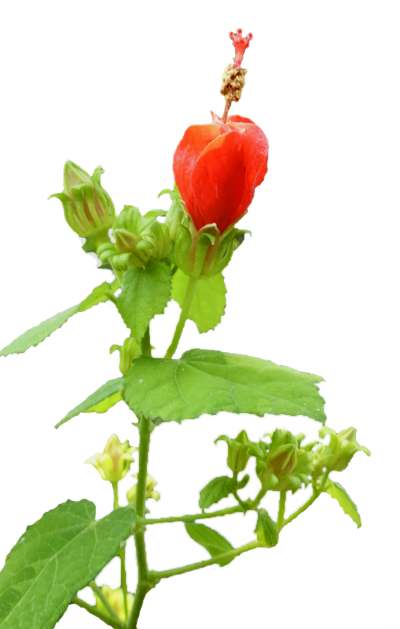
Some plants are evergreen or herbaceous perennials, and some are re-seeders. There are more evergreen herbs and bulbs available. You can find an excellent plant list at Texas SmartScape, which the North Central Texas Council of Governments maintains. The site has helpful instructions about plant selection, soil preparation, irrigation, and maintenance. Also, check with your water department, as many have a water conservation plan available and offer classes in this area.
Garden centers, master gardeners, and native plant societies have spring and fall plant sales. Attend these sales, and you can ask experts about your garden dreams and plan out a beautiful landscape. Also, many master gardeners and native plant societies have websites and demonstration gardens in public spaces.
Finally, and essential for a successful garden, don’t forget mulch! Mulch is like icing on a cake. It keeps water from evaporating from the soil and breaks down compost and nutrients the plants require to thrive.
Happy garden planning!
